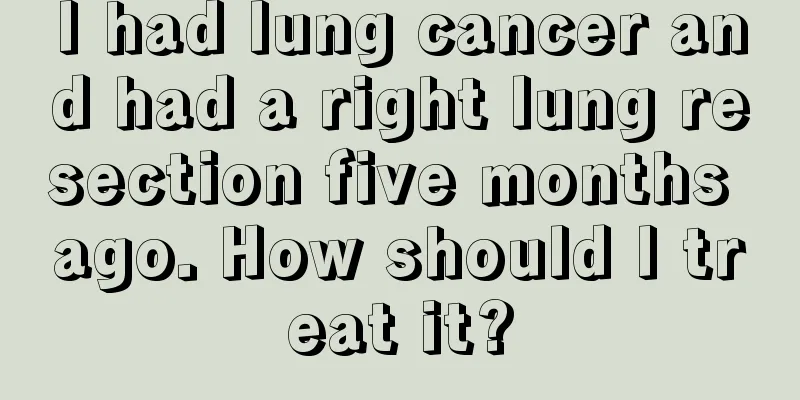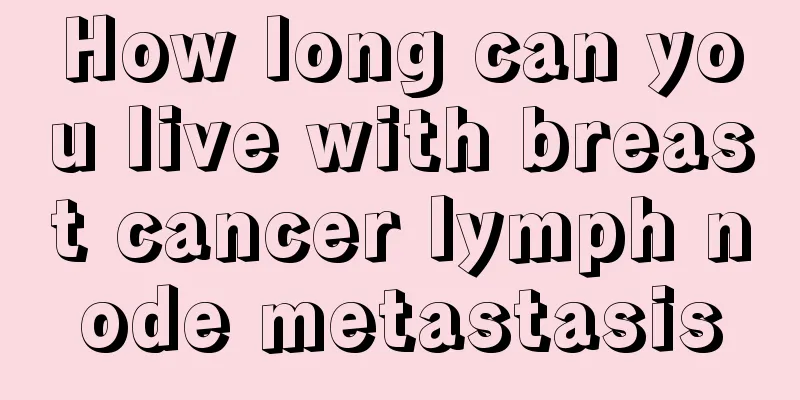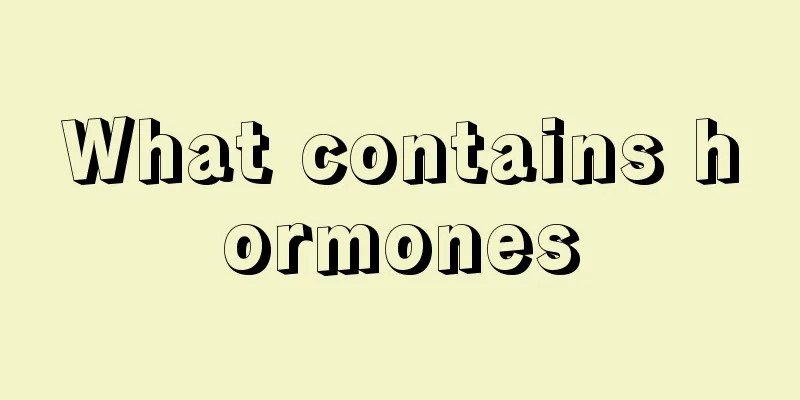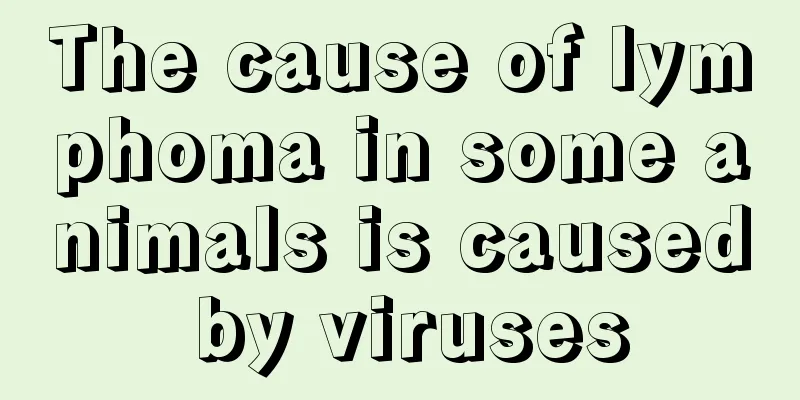Effect of interventional treatment for liver cancer
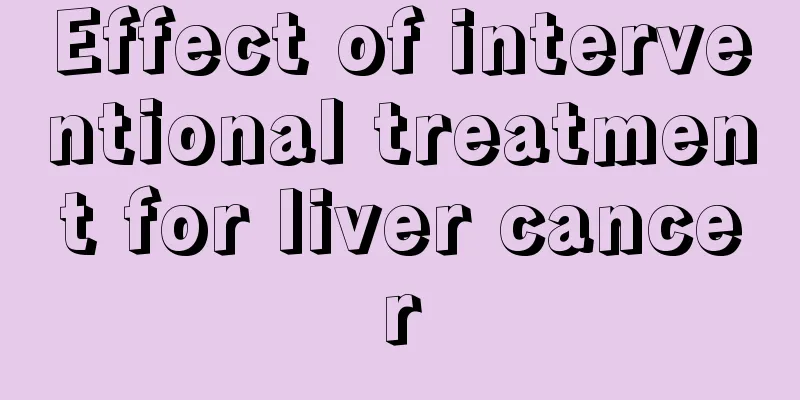
|
Interventional treatment of liver cancer is actually also a treatment method for liver cancer. However, we all know that because the risk of liver cancer is very serious, when choosing a treatment method, we must pay attention to the doctor's treatment advice. 1. In liver cancer, vascular interventional treatments mainly include selective hepatic artery perfusion therapy, selective hepatic artery embolization, and selective hepatic artery chemoembolization. Its main physiological basis is that 20%-25% of the blood supply to normal liver cells comes from the hepatic artery, and 75%-85% comes from the portal vein. 90%-95% of the blood supply for primary liver cancer comes from the hepatic artery, which provides an anatomical basis for vascular interventional treatment of liver cancer tumors. The specific technical methods of the three are the same, which is to puncture a small incision of about 3-5 mm on the skin, insert a catheter into the artery to supply blood to the liver cancer, and then administer the drug through the catheter. The difference lies in the different drugs given. 2. TAI treatment It is an intra-arterial infusion of drugs through a catheter at doses equal to or less than those given intravenously. This can increase the local drug concentration in the target cells, prolong the contact time between the drug and the lesion, and reduce the total drug dose in the body, thereby achieving the goal of improving efficacy and reducing side effects. The most commonly used drugs are chemotherapy drugs. The efficacy of chemotherapy drugs is positively correlated with the effective blood concentration of the drugs at the tumor site and the contact time between the drugs and the tumor. 3. TAE The embolic agent is selectively injected into the tumor blood vessels and tumor blood supply arteries through a catheter to block the tumor blood supply and seal the tumor vascular bed, thereby inhibiting tumor growth. This is equivalent to "starving" the tumor to death. Commonly used embolic agents include gelatin sponge, super-liquid iodized oil, sodium alginate microspheres, etc. Transarterial chemoembolization (TACE) is the administration of both chemotherapy drugs and embolic agents through a catheter. There are two ways to eliminate tumors. |
<<: What does night sweats mean
>>: Is liver cancer contagious?
Recommend
Can cervical cancer be cured?
A female patient was recently diagnosed with cerv...
What are the benefits of oxygen inhalation?
Some people feel like they are being gassed after...
What should I do if I have acne under my lips?
Acne under the lips is a common phenomenon in our...
What medicine should I take for loose and sticky stool in the toilet
Since the advent of toilets in modern society, to...
Is it better to drink beer or liquor
Alcohol has certain health value, which has been ...
How much is the cost of treating cervical lymphoma
Lymphoma seriously affects the patient's phys...
Principle of hair removal with charcoal ash and white sugar
Some people have a lot of body hair. Some of it i...
How to remove eye wrinkles
After the age of 25, women's collagen loss wi...
The real efficacy and function of cantaloupe rind
Many people often eat Hami melons, but it is norm...
How to deal with high nitrite
Many people will find high nitrite levels when te...
What are the side effects of coronary angiography?
Coronary angiography is currently a safe and effe...
How to identify the gender of the fetus
Since the country opened the two-child policy, th...
What are the more obvious symptoms of wind-heat cold?
Cold is a common disease in life, and many friend...
Is diatom mud harmful to the human body?
In the decoration industry, more and more people ...
Mints and Coke
There was a time when the video of mint candy and...
